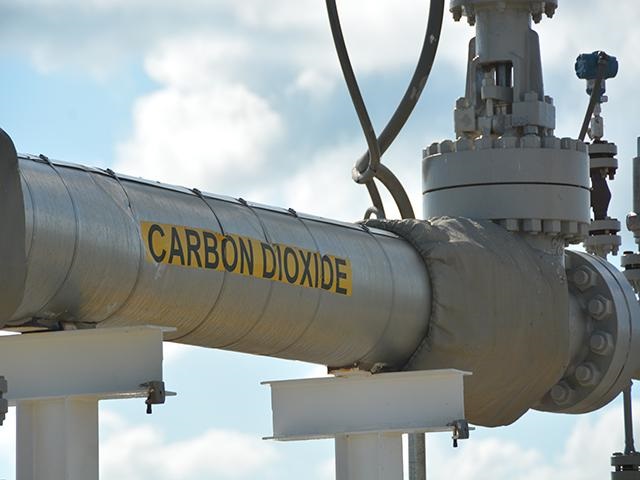Pierre, SD — States such as South Dakota have received praise in recent years for adopting reforms that have steered young offenders away from detention centers. But a national downward trend in admissions during the pandemic provides even more hope for reform advocates.
The numbers are reflected in a national survey that reached out to agencies in 30 states, including South Dakota. Funded by the Annie E. Casey Foundation, the report shows a 24-percent drop nationally in the number of young people held in local detention centers in March. Nate Balis is the director of the Casey Foundation’s Juvenile Justice Strategy Group. He says this creates a window for longstanding changes.
“It’s an opportunity to provide more support to organizations that are actually working with young people in the community, supporting them and their families and keeping all of us safe and to disinvest from the overuse of secure detention centers, youth prisons and other residential facilities,” says Balis.
The survey found the recent decrease was driven mostly by a drop in admissions, from 171 per day in January to about 122 per day in March.
South Dakota once had the second-highest juvenile incarceration rate in the country, despite having a lower violent crime rate among this age group. Joe Guttierez is commander at the Western South Dakota Juvenile Services Center. He says reforms at the state level in recent years have had a positive impact, and that better risk assessment can be a tool for all states.
“I believe that risk assessment is probably one of the best things South Dakota has done in juvenile justice in a long time, because now it’s a gatekeeper based on a score,” observes Guttierez.
But Guttierez says he still sees too many teens who struggle with mental-health issues when being assessed by their system. Research shows that even a short stay in detention can lead to poor outcomes for youths, including a deeper involvement in the criminal-justice system, as well as negative impacts on health and educational success.












